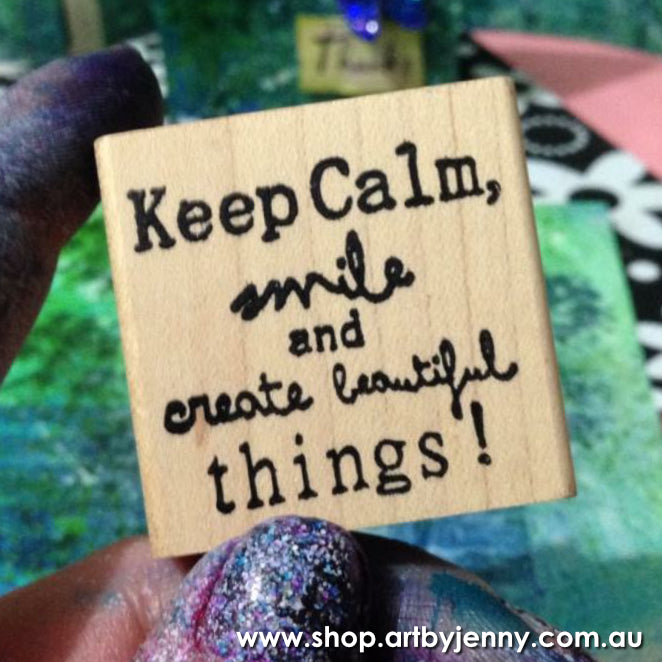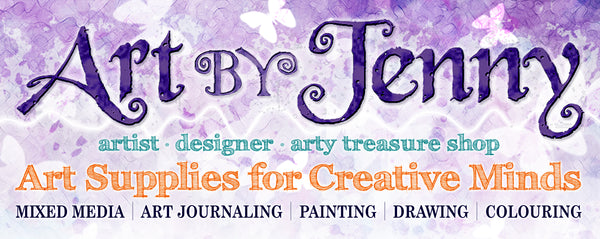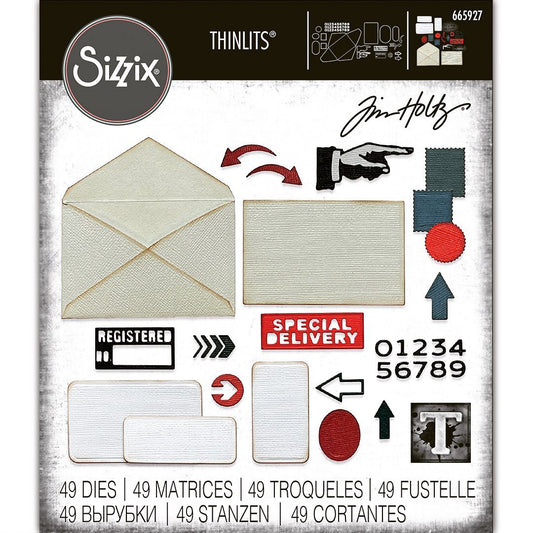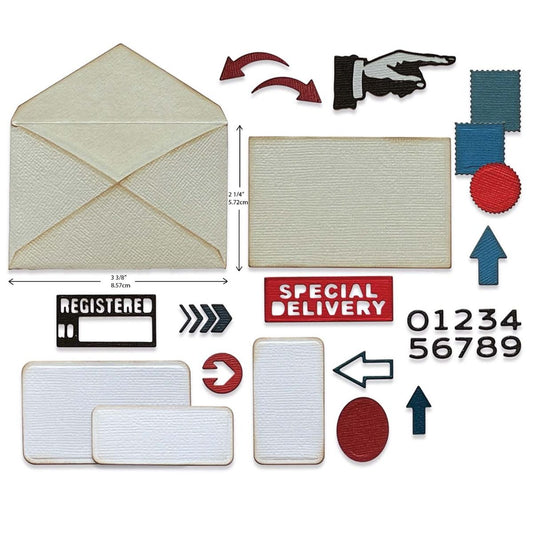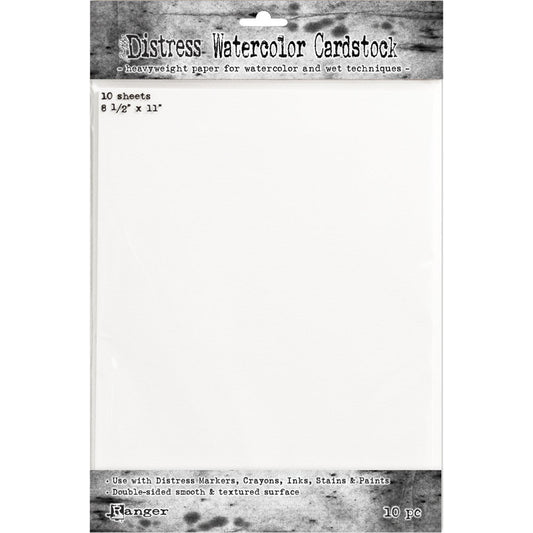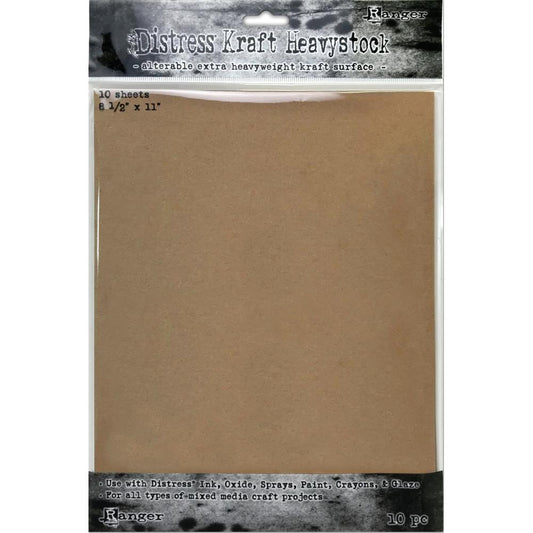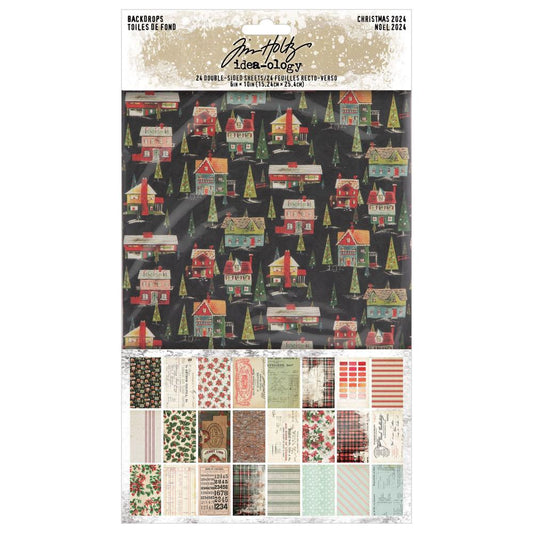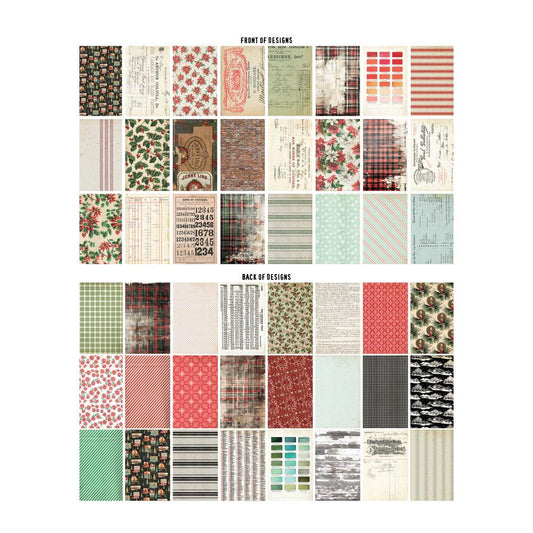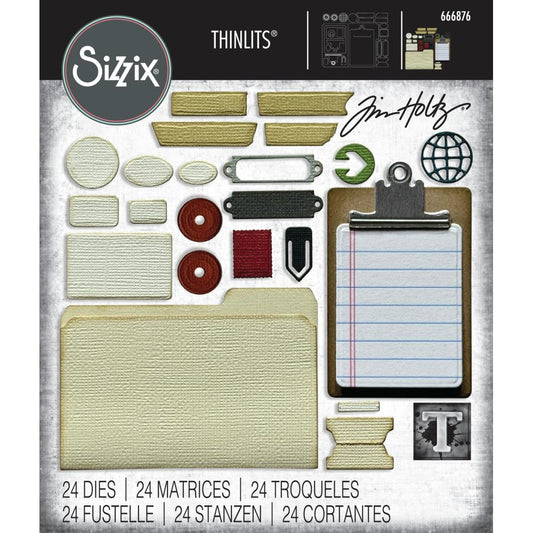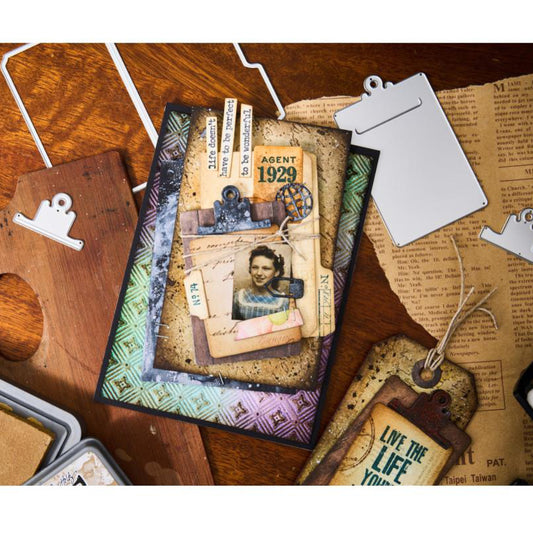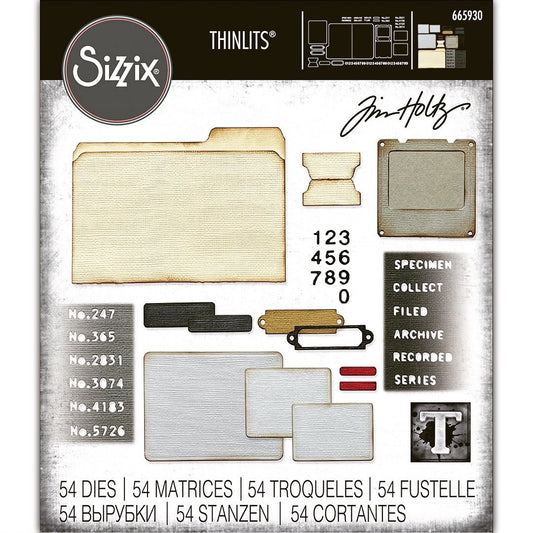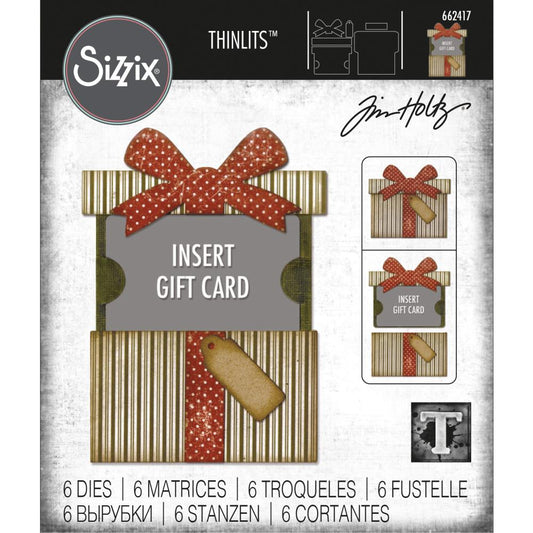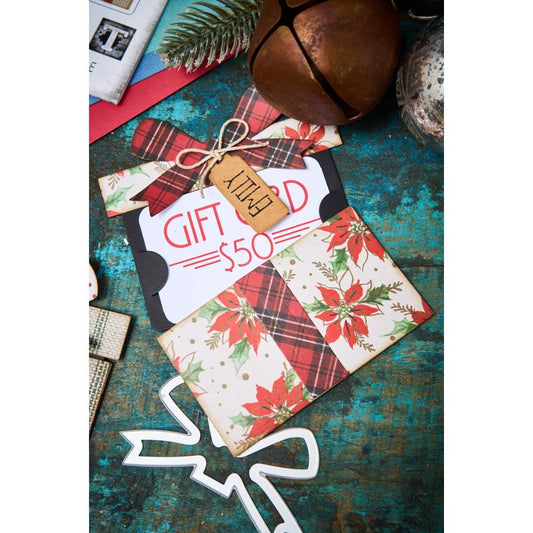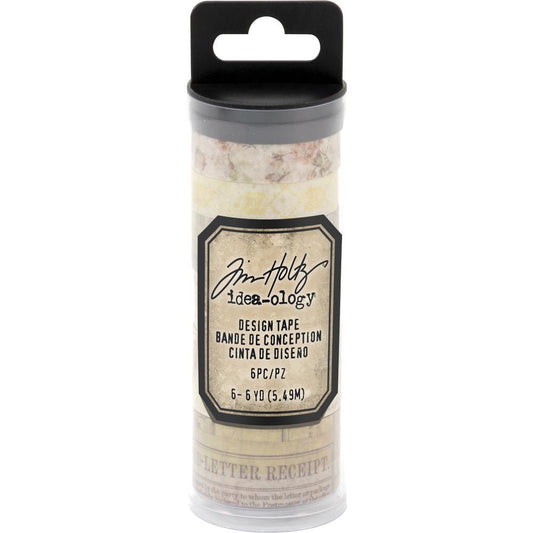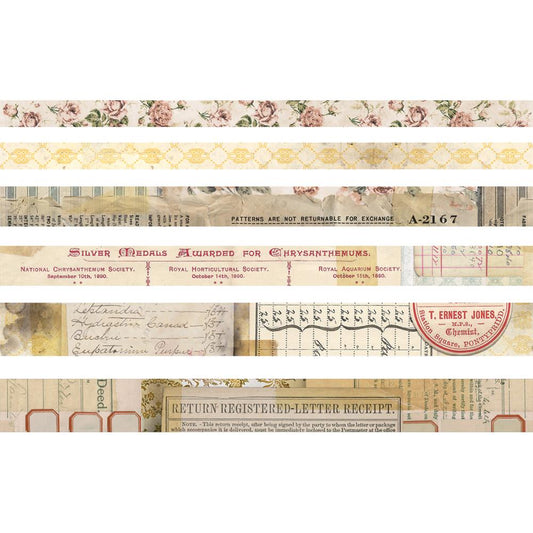Texture in Art Using Different Techniques and Mediums
So many different techniques for getting texture into your art.
When I was young, I used to use leaves and the ground to get great textures for my drawings. I simply placed the leaf under my paper and rubbed over with a pencil or crayon. Using another pencil, I'd enhance the leaf shape by drawing it in another colour (usually white or dark brown). Then I'd lay the paper on the roughest ground or fabric I could find (jeans are great!) and rubbed other colours for the background.
These techniques works well with anything and everything that has a surface or texture.
I never worried about what colours went together or how it was going to look when it was finished - I just did it because I loved it. The creation of art is what heals our hearts and calms the mind, the finished piece is a byproduct! A nice byproduct and most of the time its either beautiful and or useful :)
Now you can get texture pastes and mediums for nearly everything - clear, white, gloss, matte, black lava, glass beads, tissue, stringy, matte, gloss, clear, thick, thin, rigged, flexible, smooth, rough - the list goes on.
Many of which you can create yourself using either white or clear texture paste with things like beads, sand, clay, tissue, stamps, paper mache, papers, fabrics, string, ribbon, leaves, branches, feathers, pebbles or stones and even the ground!
If it has any kind of surface or texture, it can be used for art. Just make sure they're clean unless you're not concerned about the dirt in your art. One advantage to the shop bought ones, you don't need to wash the sand or sweep the ground!
Ranger's texture paste has been developed to be used with all water-based inks and paints like Dylusions Ink Sprays and Distress Paints. It behaves as just another part of the paper rather than a semi-resist.

From the video of Tim Holtz using Ranger's new texture paste.
Most texture pastes appear to have a plastic finish to them, even the matte ones. This is great with acrylic paints but with inks, stains and sprays that don't have the same pigments as acrylics, the colour just sits on the surface.
In this video from Noell Hyman, Tim uses the white texture paste and explains it all. You can see how the ink and texture paste behave together - its fantastic! Enjoy the video :)
